Carbon Cycle
Carbon Cycle Worksheet For Kids
The carbon cycle worksheet for kids explains how photosynthesis recycles carbon in nature and the role of plants and animals.
Free Download Below
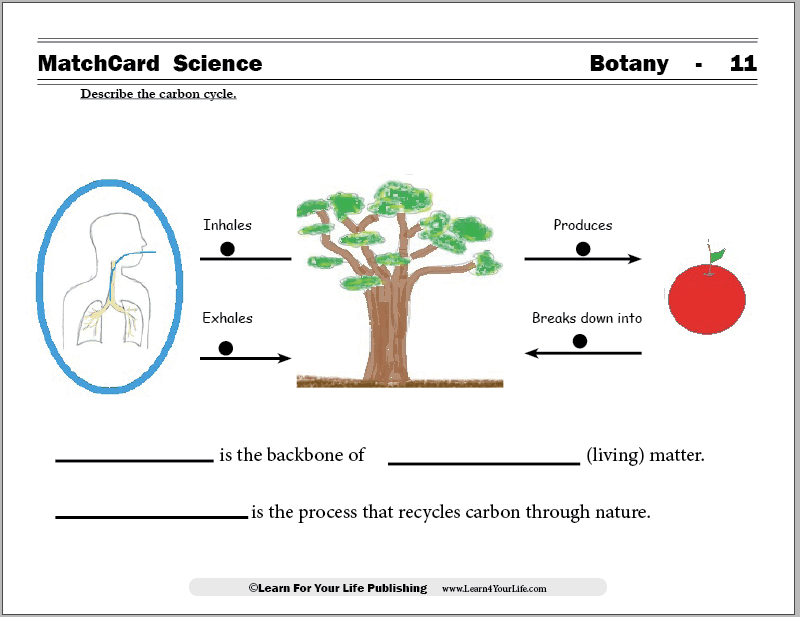
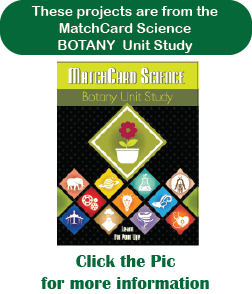
MatchCard Science Carbon Cycle Worksheet
Objective: Describe the carbon cycle.MatchCard: Download below.
MatchCard Information Pieces are placed on the MatchCard to demonstrate oxygen and carbon dioxide in respiration and the synthesis and breakdown of starch.
Download the Carbon MatchCard
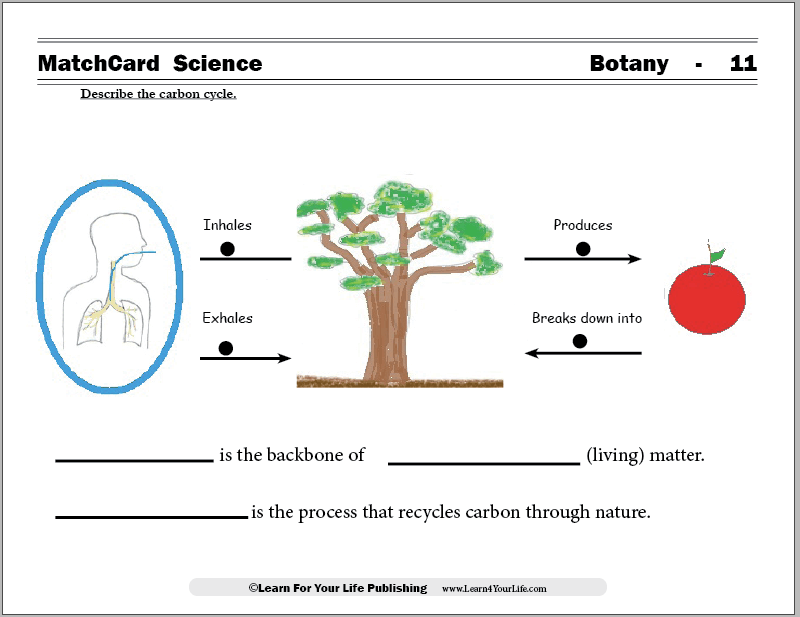

This is MatchCard #11 of the Botany Unit Study. Find more information on MatchCard Science below.
Let's Learn About the Carbon Cycle
This lesson demonstrates one of the important ways that plants and animals interact in their environment.Carbon is an atom that has four electrons in its outer shell. (It has a total of six electrons, two in the inner shell.) Carbon is called the backbone of living material. Carbon is recycled by plants and animals and is necessary for survival.
Before Getting Started
Before presenting the information in the Carbon Cycle MatchCard, do the first part of the project listed below. While you are waiting for the pickling lime and water to settle, you can present the information below.Plant Production
 Plants produce two important substances:
Plants produce two important substances:
- Oxygen
- Starch (also called glucose or sugar or carbohydrates)
Start this lesson by reviewing the photosynthesis lesson with your kids.
They can play the game to see how quickly they can form oxygen and glucose molecules from the water and carbon dioxide.
Then they will be ready to find out what happens to the oxygen and glucose that the plants make.
Oxygen
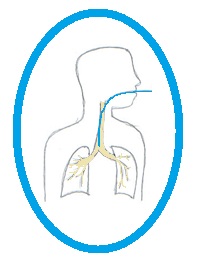 So what do we do with the oxygen that plants make? We breathe it in. So do all animals.
So what do we do with the oxygen that plants make? We breathe it in. So do all animals.Put the Information Piece with the picture of human lungs on the card to the left of the tree. We inhale oxygen.
What do we exhale?
Give students a chance to guess. Let them take several breaths in and out. Seems like we're breathing the same amount in and out, doesn't it. The volume of air is about the same, but the chemical composition is different.
You inhale oxygen and exhale carbon dioxide. The carbon dioxide is made by your cells. You breathe in order to give your cells the oxygen they need, but also to exhale all that carbon dioxide they made.
You might even compare it to bringing in bags of groceries for food, and taking bags of trash out of the house. Your cells need oxygen to come in and carbon dioxide to go out. The lungs are doing that for us.
Note: To be accurate, the air you breath is approximately 79% nitrogen and 21% oxygen. The air you exhale is approximately 79% nitrogen, 16% oxygen, and 5% carbon dioxide. Students at this point do not need to know those amounts. But they do need to know that air is made up of a number of substances. And we inhale oxygen for our cells and exhale the carbon dioxide the cells made.
So what happens to the carbon dioxide? Give them a chance to answer. Prompt them with the Photosynthesis Matchcard if they don't remember.
Yep, that's it. The plants need the carbon dioxide so they can convert it to oxygen.
Plants make oxygen for animals from carbon dioxide. The animals make carbon dioxide for the plants from that oxygen.
We've got a pretty good thing going, huh? It gets better.
Starch
 Remember that the plants also produce starch, or carbohydrate, or glucose, or sugar. There are some technical differences between the ways those four terms are used, but you should be aware that they are all the chemical
C6H12O6 .
Remember that the plants also produce starch, or carbohydrate, or glucose, or sugar. There are some technical differences between the ways those four terms are used, but you should be aware that they are all the chemical
C6H12O6 .By the way, can you see from the chemical formula why it is called carbohydrate. (Carbon and water)
Let's list carbohydrates:
- Grains
- Fruits
- Rice
- Bread and Pasta
- Desserts
So what happens when you eat the carbohydrates? The cells of your body turn the carbohydrates into carbon dioxide and water.
Does that sound familiar? It should; because it is the opposite of photosynthesis.
You could almost think of the cells of our body and the cells of animals as anti-photosynthesis machines. We take oxygen and carbohydrates and produce carbon dioxide and water.
You and the Carbon Cycle
So what's your role in all of this?- You inhale the oxygen from the plants.
- You eat and digest the carbohydrates from the plants.
- You eliminate carbon dioxide by exhalation.
- You eliminate water both by urination and exhalation.
Chemical Formula Activity
Use the nickles, and dimes, and pennies that you used in MatchCard #6 for photosynthesis and let the kids reverse the chemical equation.
Science Project with Carbon Dioxide
Calcium hydroxide (which is in pickling lime) will detect the presence of carbon dioxide. We can do a little experiment to detect the presence of carbon dioxide in our breath when we exhale.- Add one teaspoon pickling lime to a small plastic zip bag.
- Fill the bag with water.
- Carefully expel all the air from the bag.
- Shake and let your carbon dioxide testing solution set for a few hours.
- Very carefully, insert a straw into an opening of the bag just large enough for the straw. Keep your finger over the end of the straw to prevent air from getting in.
- Exhale into the bag. Close the bag quickly and shake.
Botany Science Experiment
You can set up an experiment using larger bags to detect different amounts of carbon dioxide more readily. Use a one gallon bag and one tablespoon of pickling lime. Compare when you have taken a big deep breath of fresh air and when you have re-breathed your own breath for a minute.
Try it with fresh air. Try it after you have been in a crowded, closed-in room.
Do you see any differences?
MatchCard Science
How To Use MatchCards

Download the FREE MatchCard Science Instructor's Guide and see how MatchCards can make building their science knowledge base fun.
Botany Unit Study
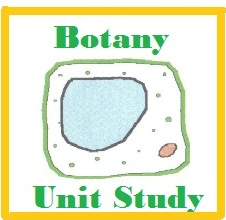
Check out our entire Botany Unit Study with 11 objectives.
12 Science Unit Studies

Chemistry is only one of twelve complete unit studies for kids in 3rd to 8th grade.
Comprehensive objectives, hands-on projects, suggested science fair experiments, and the fun game-like MatchCards keep them interested in learning science. See all twelve MatchCard Science Unit Studies.
About Our Site
Hands-On Learning













